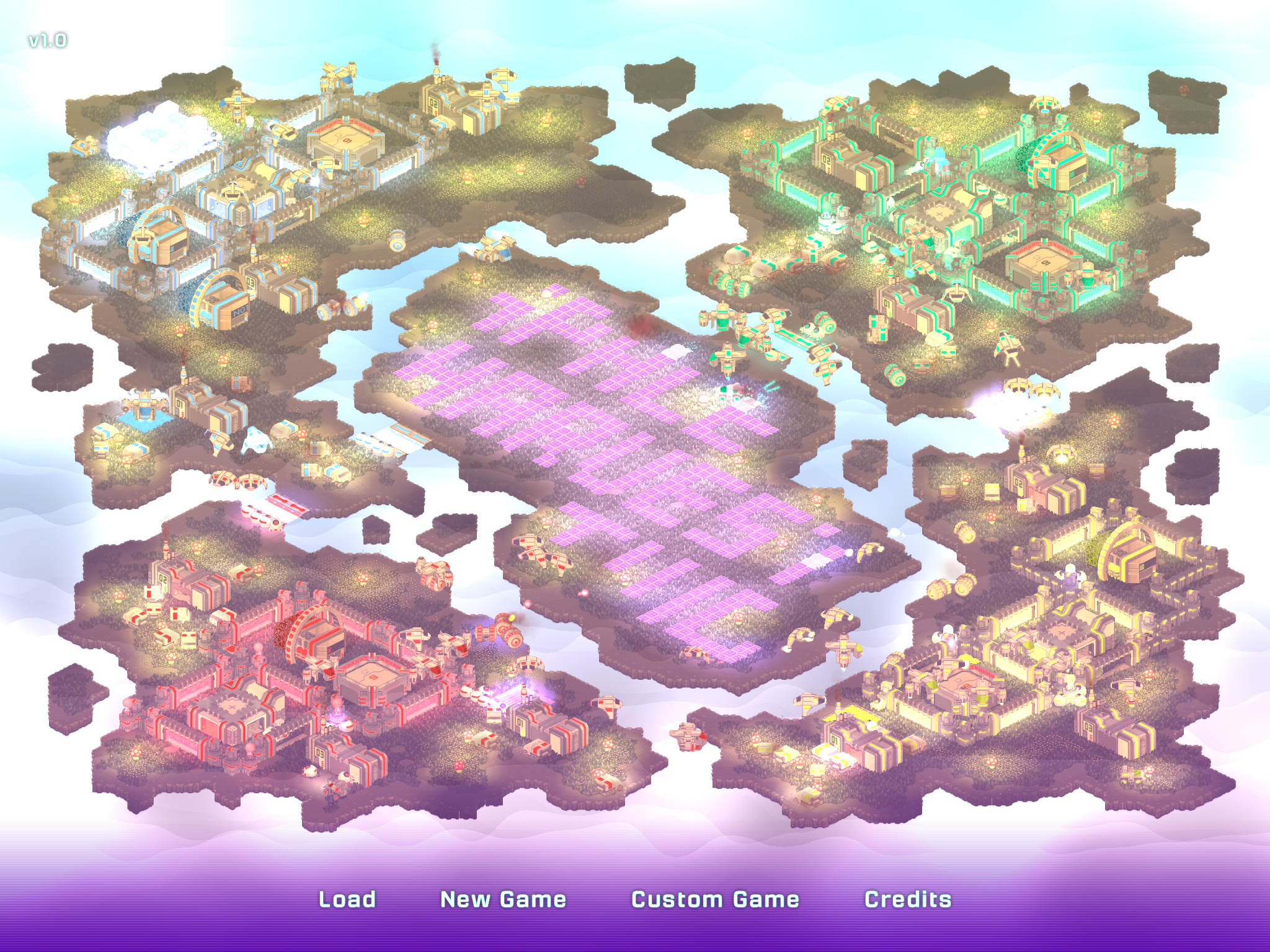

In property investment, capital expenditures are lumpy over time because upgrades-a new HVAC system or new roof, for example-may require a large capital outlay one year, followed by much lower expenditures in subsequent years. This level of investment, however, is usually much greater than the benefits available from rent increases over the building’s lifetime.įor our analysis, we consider the constant-quality scenario in estimating reserves for replacement and aging because it is the most common of the three scenarios.

In this case, an A-grade building can maintain its rating, and thus stem the tide of aging, by constantly upgrading to match the current definition of an A-grade building. Maintain current quality (i.e., maximum reserves for replacement = little to no aging).The investor undertakes the level of investment necessary to keep the property at the most current level of quality, including integrating new technology and building standards as they are developed.Nevertheless, the property effectively depreciates relative to newer buildings being constructed with fancier bells and whistles, and is therefore no longer considered as desirable as it once was. By doing so, the investor receives less income because of the reinvestment, but the building suffers less aging. Maintain constant quality (i.e., average reserves for replacement = average aging).The owner undertakes enough capital investment to keep the building at a constant-quality level defined as the level of quality on the day the property was completed.Although the investor initially receives the maximum amount of income per year, the value of the building quickly declines over time. The property will, however, suffer the maximum amount of degradation, known as aging, pushing the quality of the building over time into a cohort of lower-quality buildings, and in turn lowering its cash flow potential. Maintain minimum quality (i.e., little to no reserves for replacement = maximum aging). The owner undertakes the minimum amount of capital investment in the property to maximize the income yield.Essentially, three options are available to owners/investors: The amount of reinvestment the owners/investors in a property are willing to make in that property determines the longevity of its income-generating potential. Vacancy, the loss of income from empty offices and apartments, can also be extremely costly. Landlords face numerous calls on cash for capital expenditures (budgeted as reserves for replacement) to repair a building as well as to maintain its competitiveness with newer, cleaner, and better-built structures constantly entering the market. Gross rents, usually a surprisingly large number relative to a property’s value, can be a deceptive indicator of a property’s income generation. The largest and most obvious advantage of property investing is the tangible income, or rent, an owner receives. The average shortfall for the 35-year period beginning in 1980 is 4.1%. From 2010 to 2015, the investor real return experience in US commercial property has been 9.8% a year, a lofty number and substantially higher than in the preceding decades, but nonetheless 5.3% a year short of that implied by the income and price appreciation of the properties. Unfortunately, the gross real return of investing in direct property has fallen far short of the promises of income and price.
#Harvest materials in space endeavor series
These income and price change series are probably the easiest and most accessible judgments of the health and return of direct investment in commercial property. We define price return as the real capital return, or the real appreciation in average market value per square foot. We define cash flow as net operating income following the definition used by the National Council of Real Estate Investment Fiduciaries (NCREIF), 1 which is the gross income earned from rent and amenities (e.g., parking, laundry facilities, and vending machines) reduced by operating expenses (e.g., repairs and maintenance, insurance, and property taxes). High prices and high capital returns- although great for owners who wish to sell-when unsupported by income lead to low current yields and inevitably to lower long-term returns as capital price gains outstrip the necessary support of cash flows. The average capitalization rate in the 1980s was 7.0%, in the 1990s 7.8%, in the 2000s 6.8%, but in the 5 years ending 2015 only 5.5%.

Capitalization rates (income per unit of price) of commercial properties have declined over the last 35 years.


 0 kommentar(er)
0 kommentar(er)
